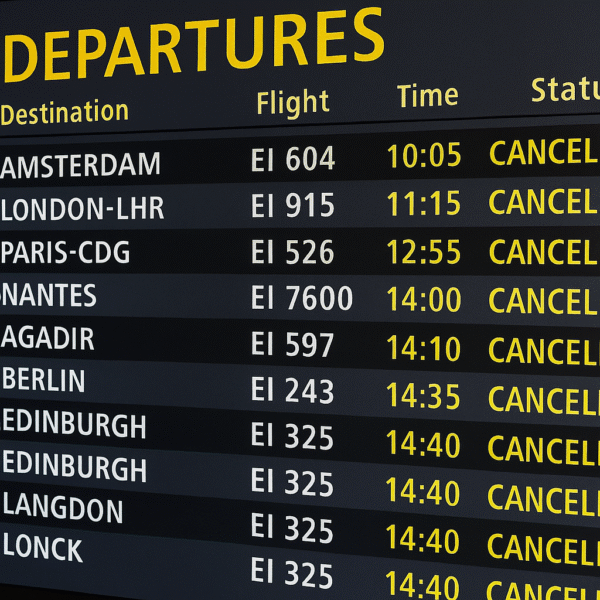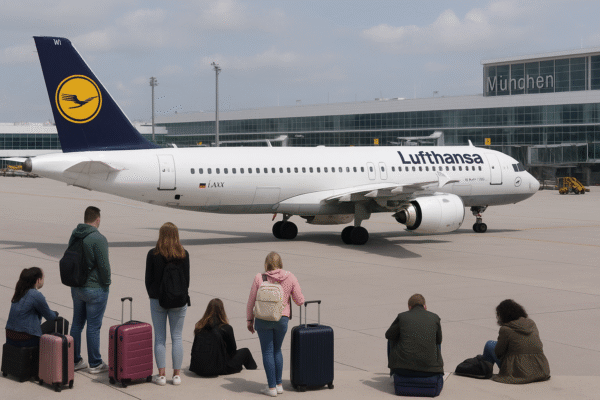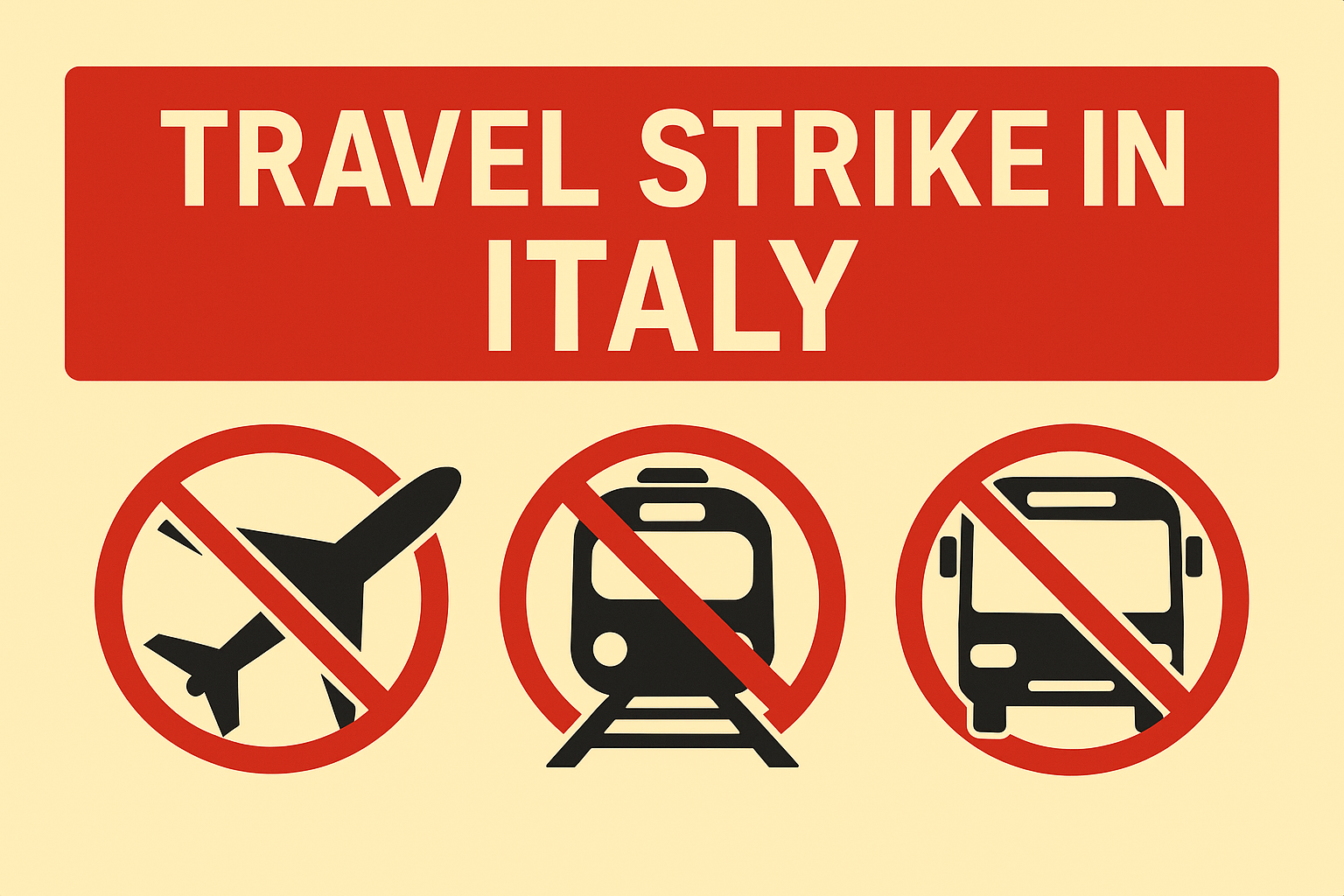June 19, 2025 | Rome, Italy
As the summer travel season gains momentum, Italy is bracing for a nationwide 24-hour transport strike on Thursday, June 20, 2025, with widespread disruptions expected across airports, rail networks, public transport, and even toll roads and ferries. The coordinated walkout, led by a coalition of unions demanding public service reforms, threatens to paralyze domestic and international travel.
Whether you’re landing in Milan, taking a scenic train to Florence, or planning a weekend beach escape in Naples, your itinerary may need a last-minute overhaul.
What’s Being Affected: Full Overview of the June 20 Shutdown
The strike officially begins at 9:00 p.m. on Wednesday, June 19, and lasts 24 hours, until 9:00 p.m. on Thursday, June 20. The scope and timing make this one of Italy’s largest transport walkouts in recent years.
✈️ Flights:
ITA Airways has preemptively canceled 34 domestic and international flights, and more cancellations are expected. Travelers flying into Rome Fiumicino, Milan Malpensa, and Bologna Guglielmo Marconi Airport should anticipate delays or rescheduling. Other carriers including Ryanair and easyJet are expected to adjust schedules as disruption unfolds.
🚆 Trains:
Trenitalia and Italo services will be heavily reduced, except during two protected time slots mandated by Italian law:
- 06:00–09:00
- 18:00–21:00
These periods ensure minimum essential services, but expect crowded platforms and reduced comfort.
🚇 Public Transport:
Metros, trams, and city buses in Rome, Florence, Naples, and Turin will be operational only during the protected hours. Outside of these windows, service will be suspended.
⛴️ Ferries & Highways:
Even ferry routes, often used by tourists heading to Sicily, Sardinia, or Capri, are included in the walkout. Strikes also affect toll booth operators, possibly causing congestion on national highways.
Why This Strike Matters More Than Others
Italy is no stranger to labor strikes, but this one is significant due to its timing and unified sector participation. Unions including USB, CUB, SGB, FISI, and FLAI are not just targeting transport. Their coordinated action aims to pressure the government into reinvesting in healthcare, education, energy, and most notably, public transportation infrastructure.
Tourism stakeholders say the strike comes at the worst time: just as international tourist arrivals surge and Italians begin their summer holidays. With schools closing across Europe and peak travel approaching, this strike will ripple across airports, train terminals, and hotel bookings.
What’s Driving the Discontent?
Behind the protest lies a deeper frustration. Many transport workers face staff shortages, low pay, long shifts, and underfunded services, which have been exacerbated by the post-pandemic tourism rebound. For travelers, the impact is immediate — for residents, the demands are long overdue.
The unions argue that without urgent intervention, Italy’s transport backbone will continue to collapse under demand, leading to persistent unreliability that affects commuters, tourists, and business operations.
How to Navigate Italy During the Strike: Traveler Survival Tips
While a full-day transport strike might sound like a dead-end for vacationers, there are still ways to stay mobile — and stress-free — if you plan smart.
1. Use the Protected Windows
Italian law guarantees a bare minimum of service between 06:00–09:00 and 18:00–21:00. Plan train and public transport rides within these slots.
2. Check Real-Time Travel Apps
Use official apps for Trenitalia, Italo, and ITA Airways to track live cancellations and available services. If you haven’t booked yet, avoid scheduling travel for June 20 entirely.
3. Know Your Refund Rights
Under ENAC (Italian Civil Aviation Authority) rules, travelers with flights canceled outside the protected windows are entitled to refunds or free rescheduling.
4. Avoid Multi-Leg Journeys
If your itinerary includes layovers or train-bus connections through Italy, build in at least 24 hours of buffer time. Strikes cause residual delays that often spill into the next day.
5. Double-Check Alternative Routes
Even long-distance buses or ferries may not be operational, so don’t assume they’re unaffected. Always confirm service status with operators.
6. Book Accommodations with Flexible Cancellation
Stay flexible by booking hotels that offer last-minute changes or refunds. Delayed travel may mean a night stuck in transit cities.
The Bigger Picture: A Fragile European Travel Web
Italy isn’t alone in this summer of transport instability. On June 17, labor strikes in Finland grounded thousands of travelers and caused cascading delays in Scandinavia and Northern Europe. Simultaneously, easyJet faced two emergency landings in one week, raising questions about operational strain.
Europe’s summer travel season is under increasing pressure from:
- Understaffed airlines
- Aging transport fleets
- Economic policy fatigue
- Burnout in public-sector workers
This environment means that even small strikes or disruptions can quickly scale into mass travel failures, affecting multiple countries within hours.
Conclusion: How to Stay One Step Ahead
Italy’s June 20 national strike is a warning bell for summer travelers across Europe: pack flexibility, not just a passport. As transport systems feel the pressure of surging demand, labor unrest, and underinvestment, disruptions are no longer isolated incidents—they are part of the new travel reality.
For those heading to Italy this week, proactive planning is essential. Use smart tools, stay informed, and allow extra time. Strikes are temporary, but your holiday memories don’t have to start with stress.
Italy may be striking, but with a smart itinerary—you won’t miss a beat.
For more travel news like this, keep reading Global Travel Wire

















